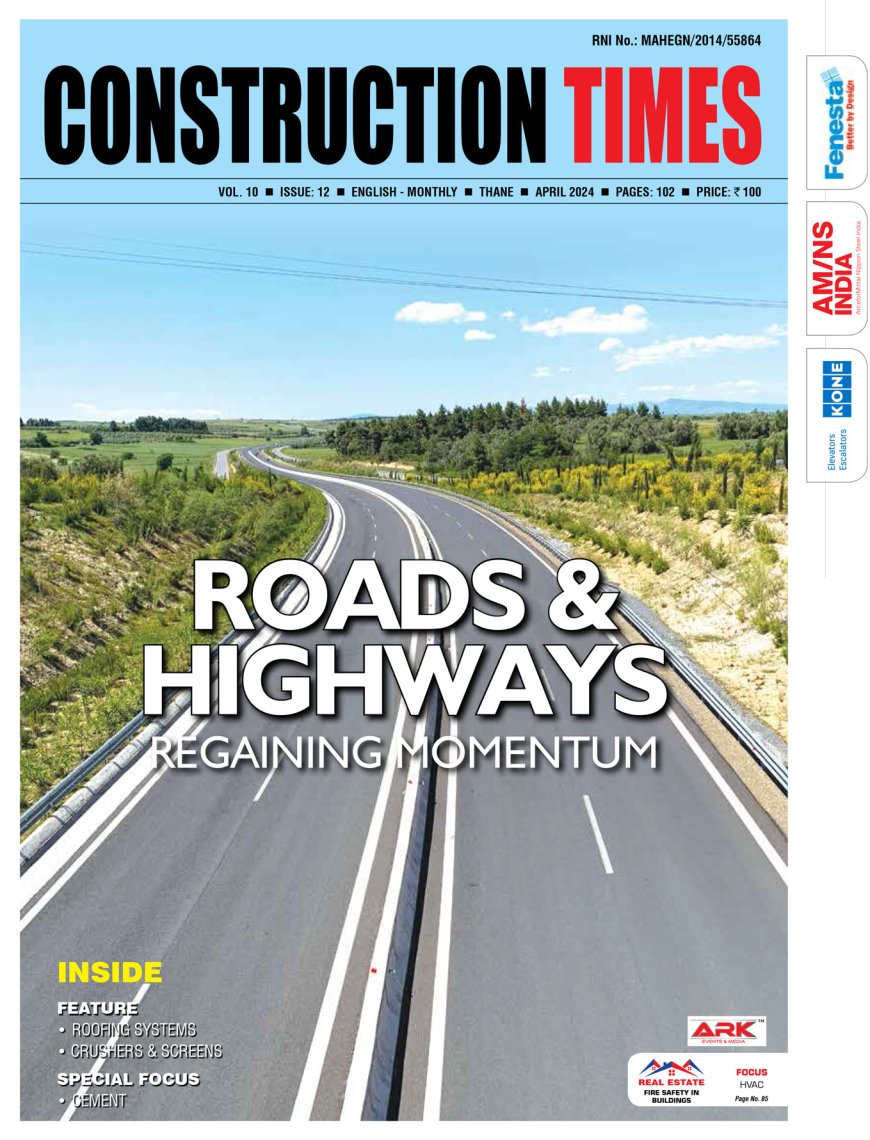Sagarmala Program is considered as India's push for a blue economy.
- Anshul Singhal Managing Director, Welspun One Logistics Parks How do you see the opportunities for the warehousing and logistics sectors in the wake of the ambitious Sagarmala project? Sagarmala Programme is another flagship scheme of the Government of India to enhance the logistics sector performance by building new mega


- Anshul Singhal
Managing Director, Welspun One Logistics Parks
How do you see the opportunities for the warehousing and logistics sectors in the wake of the ambitious Sagarmala project?
Sagarmala Programme is another flagship scheme of the Government of India to enhance the logistics sector performance by building new mega ports, and connecting waterways to the coastline. This initiative intends to reduce logistical costs via port modernization. The upgradation of ports aims to create developmental ripple effects necessitating links to fully-fledged multi-modal logistics. At this stage, Sagarmala will incorporate smart and efficient processes to govern the movement of cargo through an integrated structure. Electronic channels will facilitate accurate, fast and paperless information exchange ensuring uninterrupted shipments.
Sagarmala-driven logistics hubs that optimise cargo movements across key commodities could accrue annual cost savings of as much as Rs. 40,000 crores or USD 6.2 billion. It will be significantly less expensive to move bulk commodities. Seamless transhipment facilities would heighten last mile connectivity through rail and road freight. Dedicated storage facilities at each origin and destination port would further reduce turnaround times, increasing utilisation and further reducing transit costs. By connecting all Indian ports internal logistics will become very cheap all along the coastline as goods from Gujarat to North East will ship very cheaply.
Last mile connectivity is crucial. How do you assess the challenges in the wake of the Sagarmala project?
Historically and geographically India has always been a maritime nation. With nine coastal states, over 90% of the trade by volume and over 70% by value, including crude oil, is transported across the seas, which is vital for our economy and energy security.
A key factor driving the growth in a country is its infrastructure. While India over the years has faced several challenges that are obstructing the progress of infrastructural development the ones that stand out include complicated land acquisition policies, implementation delays, and the risk of project overruns. The country has made steady progress when it comes to land development but at the same time has needed a maritime re-invention for a while. The challenge of maritime management today is the large number of maritime stakeholders involved, who often work at cross-purposes. Meager organisational loyalties, turf wars and reluctance to share information can be some small but impactful challenges to tackle in the long run.
The Sagarmala Program (2015-2035) is considered India's push for a blue economy. Since Prime Minister Narendra Modi has begun his tenure at the office, there has been a prominent change indicating an acute understanding of the maritime dynamics at play. While the project is indeed a step forward to develop the country's maritime capabilities, India should simultaneously prepare a plan B for the maintenance and repair of shipping vessels.
Hits: 177







